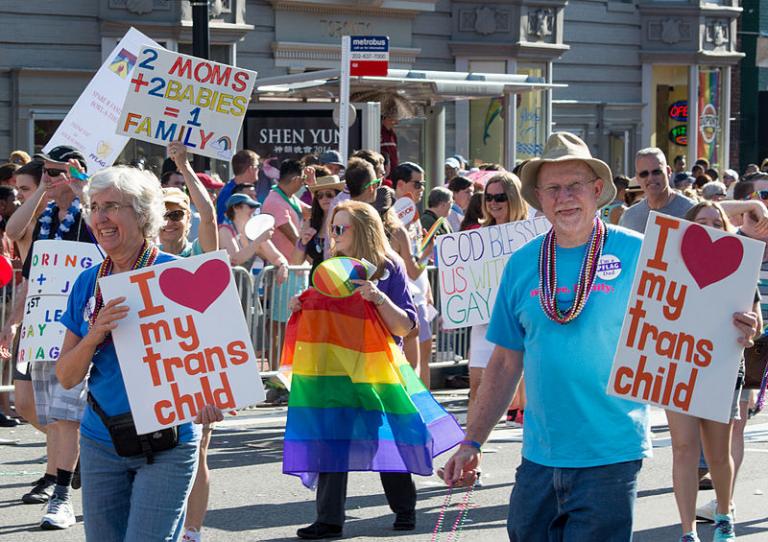They’re everywhere, right now: legislation that either gives individuals the absolute right to use the sex-specific public bathroom of one’s choice (Washington, actually a state Human Rights Commission ruling), or that requires individuals to use bathroom, in public facilities, that corresponds to their genetic sex (House Bill 2 in North Carolina).
Two things ought to be obvious:
First, that whether you agree with their choices or not, individuals who have taken steps to alter their appearance have, to some degree or another, become, let’s say, “artificially intersex,” and the “right” bathroom to use becomes dependent on individual circumstances, so that it can cause harm to such individuals to enact “genetic sex” requirements, where following such rules can expose them to harassment from other users who think that just the opposite is happening.
Second, “open bathroom access” bills can put women and girls at risk from molesters, pedophiles, and voyeurs who claim a spot in the women’s bathroom or locker room, and, even with respect to “true” transgender people, will oblige women and girls to be exposed to male genitalia, in what was, after all, the original “safe space.”
Supporters of “open access” bills seem, so far as I can tell, to treat the impact of such legislation on “cis” women and girls as a sort of collateral damage. In part, they reject traditional morality that says that people shouldn’t view the genitalia of individuals of the opposite sex as an irrelevant and outdated consideration. When issues of harm are raised, because of the ability of men to abuse the law to access women’s restrooms/locker rooms, or the impact of physical-men in the locker room on women or girls who are especially emotionally harmed due to a prior molestation experience, these seem, as far as I can tell, to be shrugged off as needing to give way to the greater goal of Trans Rights.
Supporters of “closed access” bills, at the same time, seem to reject the possibility that their legislation/policies can do harm to real people. Taking as a starting point the idea that “these people never should have started down the path in the first place,” they seem unwilling to consider the reality that they have taken this path, and do need some reasonable accommodation. In the case of the student in Palatine a couple months back, what was occasionally buried in the thicket of the reporting was that the student had been undergoing hormone therapy — no details were ever provided, so it was never clear whether this was a matter of puberty-blockers, or active estrogen treatments, but, regardless of whether the student had breasts or or just a prepubescent boy’s body, the student wouldn’t have fit in among high school boys, either.
I say “seem” for a reason: in the various articles that I’ve read over the past several months, I have not really seen either side address the concerns of the other side, even if just to discard them, let alone consider the fact that there is need for a compromise, that the other side has valid concerns. And that speaks to the problem, not just with the subject at hand, but our political discourse in general.
UPDATE:
Everyone’s talking about “safe spaces” at universities. Well, women’s restrooms are the ultimate “safe space.” (Do men care as much about whether women walk in while they’re peeing in a urinal, or whether a man at the pool with a girl past preschool age takes her into the men’s locker room rather than letting her change in the women’s locker room? I don’t know.) And the fight is about who gets to use that “safe space” — and whether opening up access takes away the “safety” of it. A comment I came across during my lunch break noted another issue: a Muslim veil-wearing woman wouldn’t use the restroom to adjust her veil or headcovering if the washrooms were decreed to be gender neutral.
Further update:
The comments are starting to prove my point. Pro-transgender-ers: do you see any difference between a transgender person “presenting as female” using a woman’s restroom in a public building, and such a person (pre-op) using a changing room where everyone undresses in the open? Do you see any validity to the concern that laws offering protection can be written broadly enough that a man can enter a women’s changing room? (After all, how do you prove that he is or isn’t watching the women there, without policing whether everyone is going about their business with sufficiently downcast eyes?)
Anti-transgenders-in-the-locker-room: do you recognize the difficulty with telling a transgender person who visibly looks female on the outside, even if genetically male, or with male body parts, or the reverse, that they must use a changing room which will visually appear to be the wrong one?










